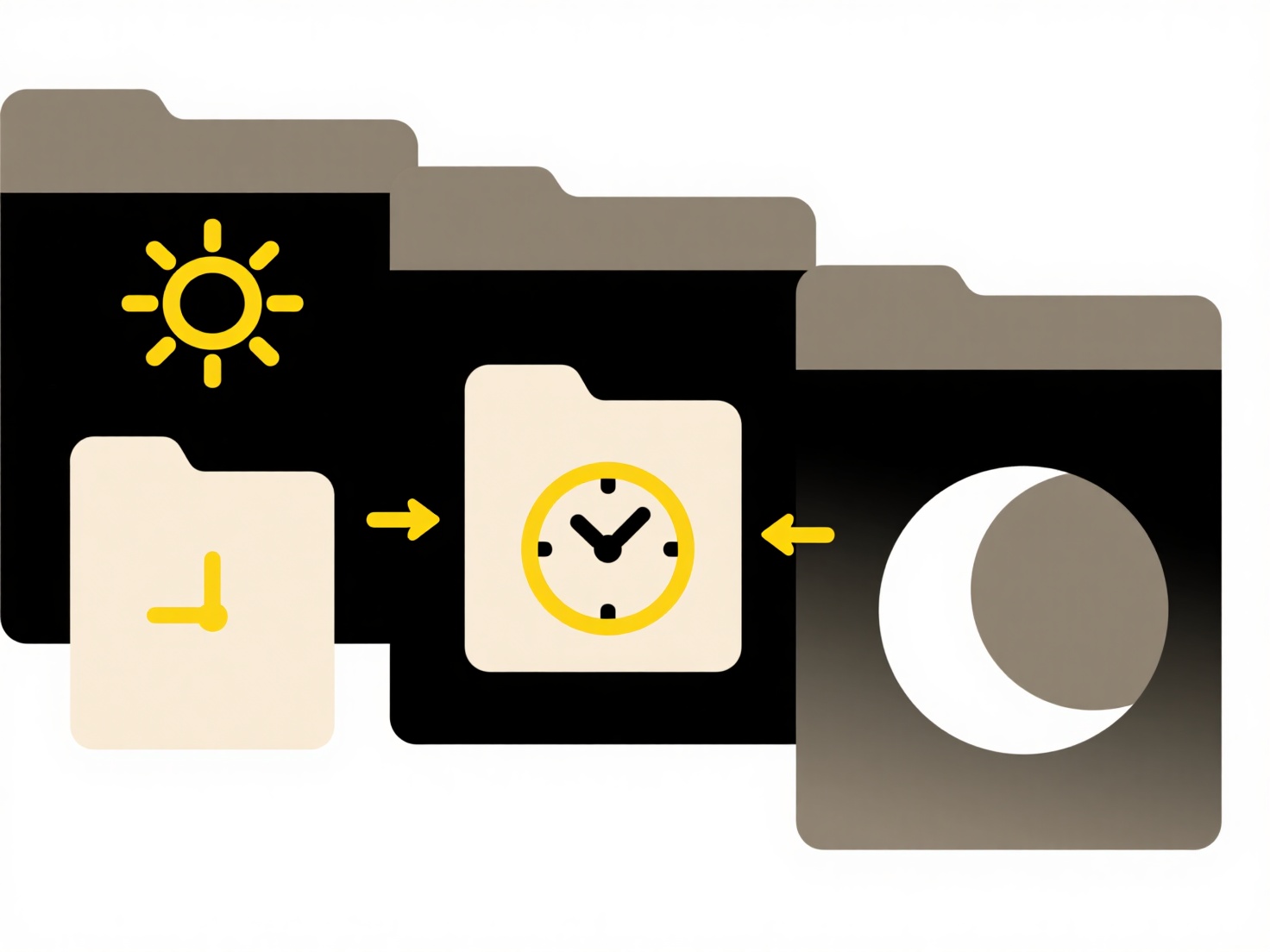
File conversion translates data from an incompatible format into a readable one. Instead of the original application opening the file directly, specialized software (a converter) changes its structure and encoding to match a different, usable format. This differs from native compatibility where an application understands the format inherently, relying instead on processing to enable access.
For example, you might convert a PDF document into a DOCX format using tools like Adobe Acrobat or online services to edit it in Microsoft Word. Similarly, converting a video file from AVI to MP4 using software like Handbrake or VLC Media Player allows playback on devices lacking native AVI support. This is common practice for accessing legacy documents or ensuring media compatibility across platforms.

Conversion offers significant accessibility benefits but has limitations. Complex elements like precise formatting, interactive features, or embedded scripts might not transfer perfectly, leading to loss of fidelity. Quality degradation can occur, particularly with media conversions involving compression. Ethically, bypassing copyright protection (DRM) via conversion is prohibited. While often enabling file use, the results may not be identical, and native compatibility is always preferable when possible.
Can I open incompatible files by converting them?
File conversion translates data from an incompatible format into a readable one. Instead of the original application opening the file directly, specialized software (a converter) changes its structure and encoding to match a different, usable format. This differs from native compatibility where an application understands the format inherently, relying instead on processing to enable access.
For example, you might convert a PDF document into a DOCX format using tools like Adobe Acrobat or online services to edit it in Microsoft Word. Similarly, converting a video file from AVI to MP4 using software like Handbrake or VLC Media Player allows playback on devices lacking native AVI support. This is common practice for accessing legacy documents or ensuring media compatibility across platforms.

Conversion offers significant accessibility benefits but has limitations. Complex elements like precise formatting, interactive features, or embedded scripts might not transfer perfectly, leading to loss of fidelity. Quality degradation can occur, particularly with media conversions involving compression. Ethically, bypassing copyright protection (DRM) via conversion is prohibited. While often enabling file use, the results may not be identical, and native compatibility is always preferable when possible.
Quick Article Links
What’s the best cloud service for business file management?
What’s the best cloud service for business file management? The "best" cloud service for business file management depen...
What player should I use for lossless audio files?
Lossless audio files preserve the original sound data perfectly during compression and decompression, unlike lossy forma...
What’s the difference between link sharing and user-based sharing?
Link sharing provides access through a shareable URL. Anyone with the link can typically view or edit the shared content...